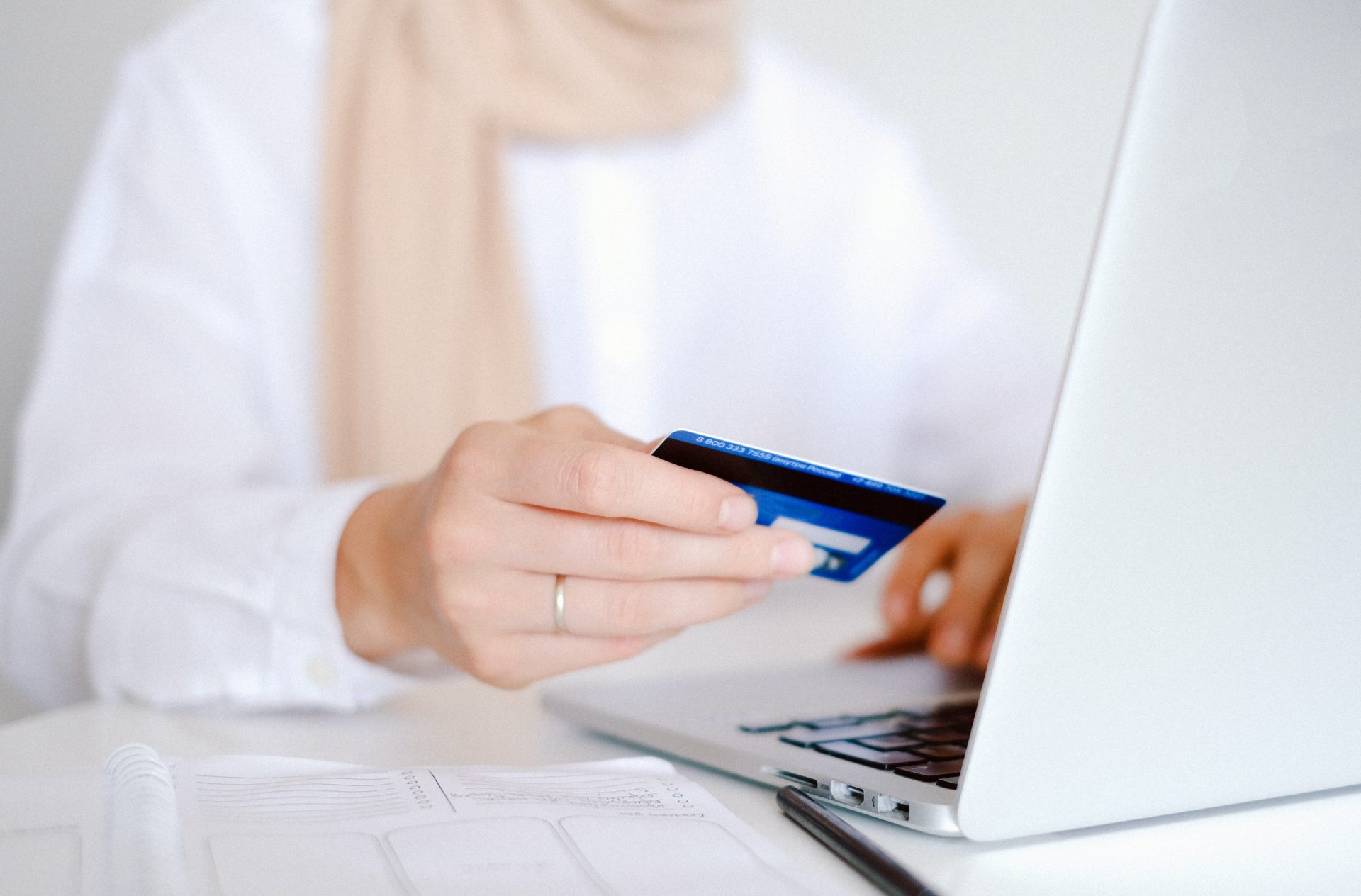The world is becoming more digital, which has led to an increase in the number of firms putting their activities online. This enables consumers to make purchases of goods or services at any time of day or night and from any location in the globe. Despite the fact that this has made it simpler for companies to broaden their customer base, it has also raised the danger of cyber attacks and fraud. For protecting your company and your consumers while accepting payments online, we will go over some tips in this post.
1. Partner with a Secure Payment Gateway
The most effective means of defending your payment systems is to use a safe payment gateway and choose carefully which payment methods your customers will use. A secure payment gateway is a piece of software that complies with PCI standards and encrypts as well as tokenizes cardholder data. Because of this, the information of cardholders is less likely to be stolen by data thieves, which protects both you and your customers from fraudulent activity.
The ideal payment gateway will serve as a “checkpoint” that ensures the safety of financial transactions between you and your clients. The majority of companies that provide merchant services will provide e-commerce solutions. This may or may not include shopping cart connections and secure payment (SPS) gateways.
2. Make Sure Your Hosting Company Has Safeguards
In the modern digital age, you need to take additional security steps to accept online payments. You can do this by making sure your hosting provider has safeguards. Check to see whether the web hosting service you use has any protections in place in case anything like this happens. All information that is sent to your website should ideally be encrypted using a secure socket layer since this is a recommended best practice. You might prevent yourself from any potential DDOS attacks by using a service such as Cloudflare.
3. Activate Two-Factor Authentication
Having two-factor authentication is vital, particularly when it comes to your online payment gateway. If you don’t already have it, enable it. To ensure that your account is kept safe at all times, the device you use to log in should have two-factor authentication. It will inform you when the account is being accessed from another device that you are not acquainted with.
4. Install 3D Secure
3D Secure is a type of authentication meant to prevent the illegal use of cards and protects e-commerce businesses from chargebacks in the case of a fraudulent transaction. It does this by verifying the user’s identity using a series of questions and answers. While authenticating transactions, merchants, card networks, and financial institutions all exchange information with one another. New EU regulations mandate that all businesses demonstrate compliance with rigorous consumer authentication requirements, and 3D Secure is an effective method for doing so.
5. Using SSL and TLS to Encrypt Data
Transport Layer Security- TLS and Secure Sockets Layer (SSL) are both protocols that encrypt and authenticate data while it is being sent over the Internet. By encrypting sensitive data and securing transactions using SSL protocols, sensitive information is protected from prying eyes and can only be accessed by its intended receiver.
6. Match the IP and Billing Address Details
Checking the details provided during the transaction can help protect the business before fraud occurs. The IP address of the buyer is compared with the billing address of the credit card that is being used. This is done through the Address Verification Service (AVS), which provides confidence that the consumer is the cardholder.
7. Educate Users About the Significance of Virtual Private Networks and Security:
You may secure the data of your users in a variety of ways. This includes keeping the data on the cloud or using SSL encryption. It is essential to have an open line of communication with your consumers at all times. You may reduce the likelihood of losing client data by using a virtual private network (VPN). Additionally, use browsers with the most recent updates and use security software to help. In order to assist your users in taking preventative measures for the protection of their assets, educate them with the assistance of a monthly newsletter.
8. Use Anti-Virus and Anti-Malware Software
Using anti-virus and anti-malware software may assist in protecting your company and its consumers from being subjected to cyber assaults. These tools search on your computer to look for viruses, malware, and other forms of dangerous software that might put your system at risk. It is essential to maintain your anti-virus and anti-malware software up to date. Plus, they need to perform scans on your system frequently to guarantee that your computer is safe and secure.
9. Train Your Workers
The training of your personnel is one of the most important things you can do to safeguard your company and your customers from any kind of cyber assault. It is crucial to give frequent training on best practices for cyber security. For example, this includes how to recognize phishing emails and how to use safe passwords. This training should be provided. You assure the continued safety of your payment system and limit the mistakes by staff.
Last Words
Accepting payments online may be an excellent way to develop your company. But, it also comes with many pitfalls that you should be aware of. You can protect your company and your customers from online fraud and attacks. Do this by utilizing a secure payment gateway and implementing two-factor authentication and 3D security. Additionally, encrypt customer information, utilize anti-virus and anti-malware software, and train both your employees and your customers.
If you adhere to these industry standards and best practices, you can guarantee that your payment processing system is safe. Plus, your consumers can buy with confidence.










